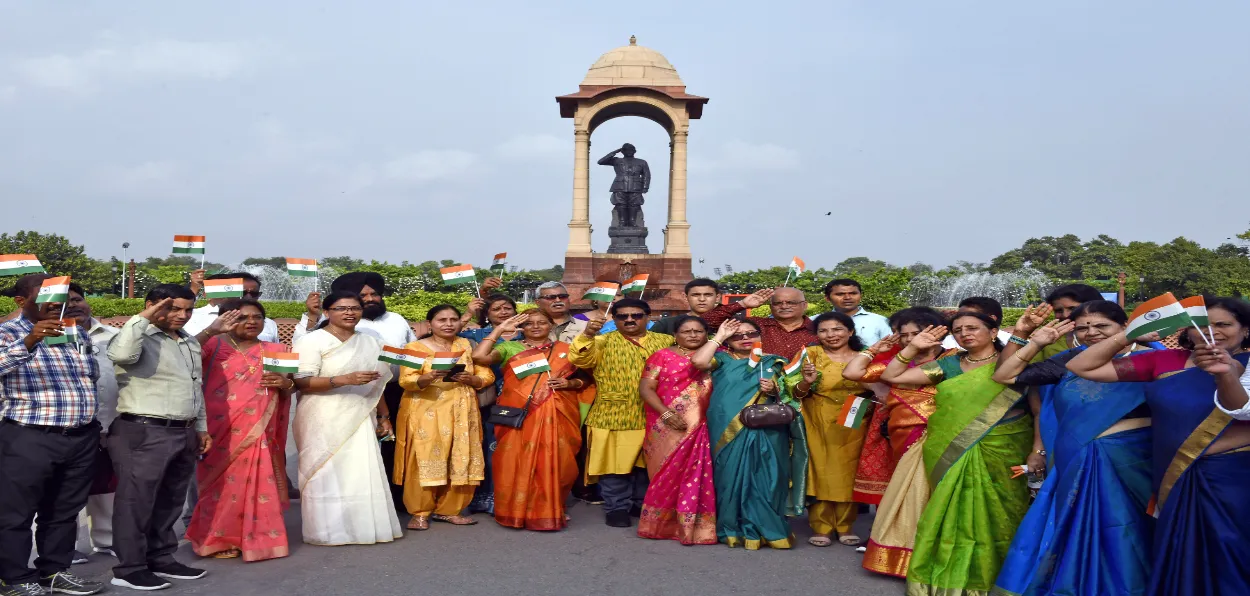
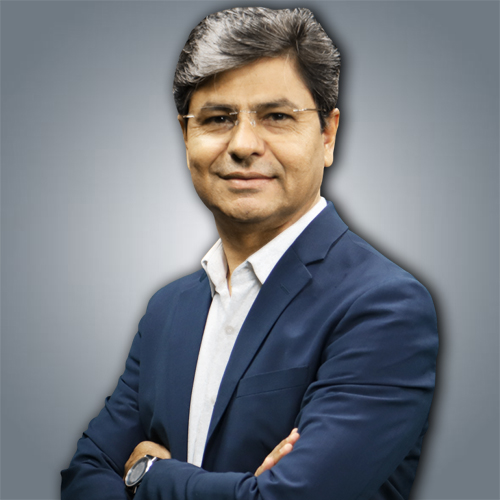 Atir Khan
Atir Khan
Secularism was introduced in India as a quick-fix measure after Independence. It was a crisis management concept brought in for negotiating the politicization of the Indian religions. Ever since its introduction in the 42nd Amendment of the Constitution, it has triggered debates and these are today more relevant than ever before.
Indians are questioning whether the extrapolating of secularism in the Indian Constitution was necessary. The argument in favour is that India is a country of diversity. This clause is necessary to bring equality among its citizens. Those who are against it say it has failed to achieve its purpose and undermined systems of informal accommodation of religious beliefs in the country.
Religious understanding and tolerance have been a hallmark of India for thousands of years.
The Challenges of Secularism in India
The introduction of secularism formalized the systems of tolerance into a legal mechanism, which eventually could not be supported by the political system. Did our leaders make a mistake by replacing original concepts and substituting them with those that did not fit into the Indian setting?
India has been a melting pot of civilizations, and its geographical location was one of the reasons for all nationalities to come to the country.
Allama Iqbal, the Urdu poet, once wrote with each turn of time India’s spirit has remained invincible even by hostile powers. It is a fact that Indians start their day with religious invocations. Also, India is a country that has been accommodating diverse religious sensitivities since ancient times.
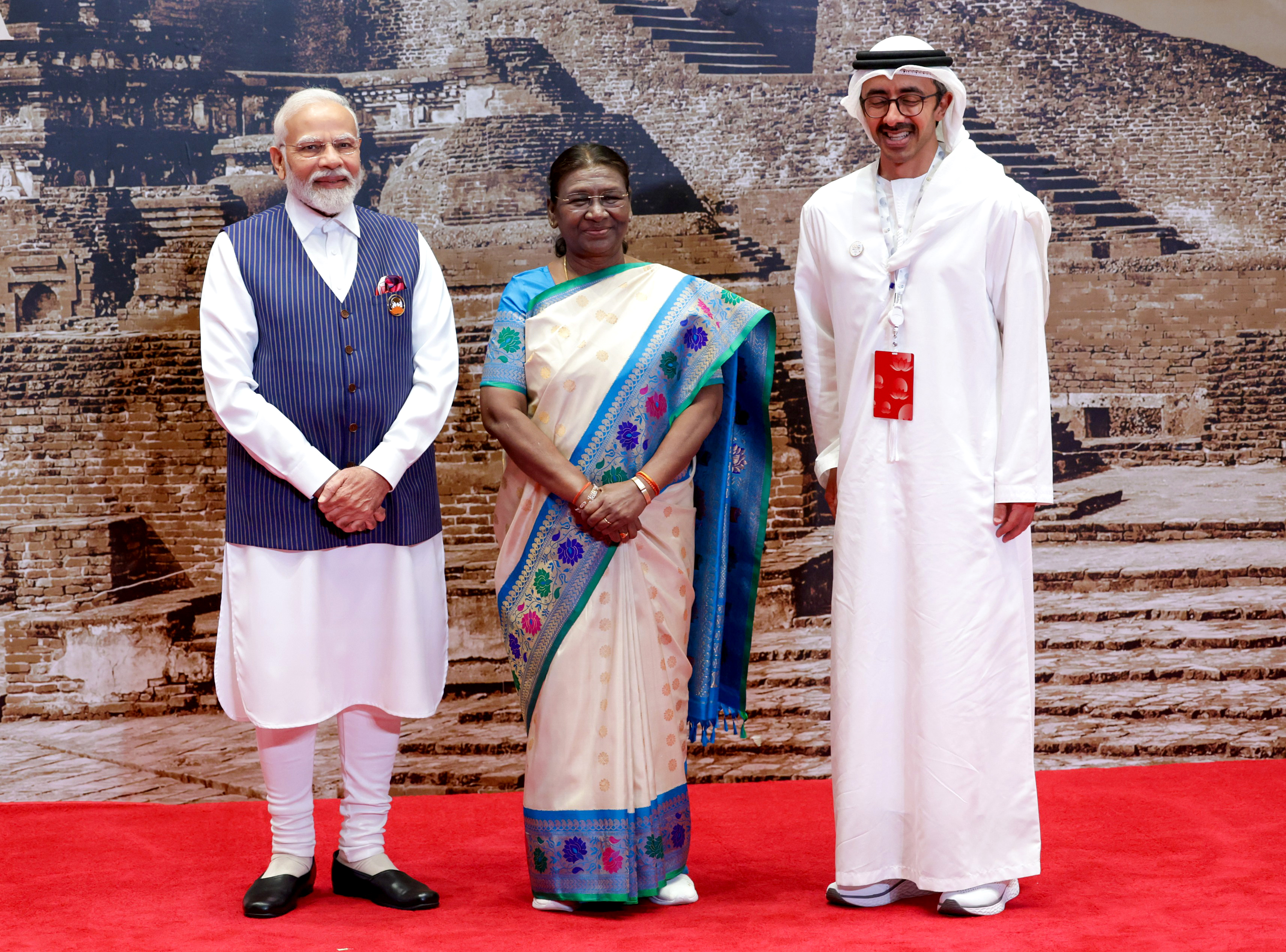 India a throbbing democracy: Prime Minister Narendra Modi, President Droupadi Murmu with UAE's Foreign Minister during G-20 Summit in New Delhi
India a throbbing democracy: Prime Minister Narendra Modi, President Droupadi Murmu with UAE's Foreign Minister during G-20 Summit in New Delhi
That’s why Sarv Dharm Sambhav was discussed during Constitutional Assembly debates. There was a tacit understanding of pluralistic values among people. However, over some time, we allowed the Western concept of secularism to gain ascendency over our original concepts of inclusivity.
Perhaps one thought among the political leaders was that a foreign idea would inspire more confidence, be more acceptable, and be deemed effective in turbulent times. Ironically, the concept was adopted from the Western world, a region that unlike India is not exposed to multiculturalism.
India’s Partition left bad memories and led to communal riots. In that situation, some believed that introducing secularism was a wise decision and yet many say it was an error of judgment. Those who are against the move describe the present situation by way of an Urdu couplet by the last Mughal king Bahadur Shah Zafar,-Na khuda hi mil na visal-e-sanam na idhar ke hue na udhar ke hue (We are neither here nor there).
History tells us that the project of secularism was born in the Western world as a consequence of the privatization of religion in the public sphere. It gained currency at the time when Europe was drifting away from religiosity and moving towards worldly things. Since then, religiosity in the Western world has been on a decline, in stark contrast to India, where faith for people remains supreme. For Indians, religion is central to their social and private lives.
Understandably in due course of time, a disjunction between the application of secularism and the deeply religious nature of Indian people was but natural. Our definition of secularism was not the same model that Turkey had adopted under Kamal Ataturk and brought equality of law in every aspect. In the last two decades, Turkey has debunked the Western model of secularism. Under Erdogan, it has returned to its Islamic roots.
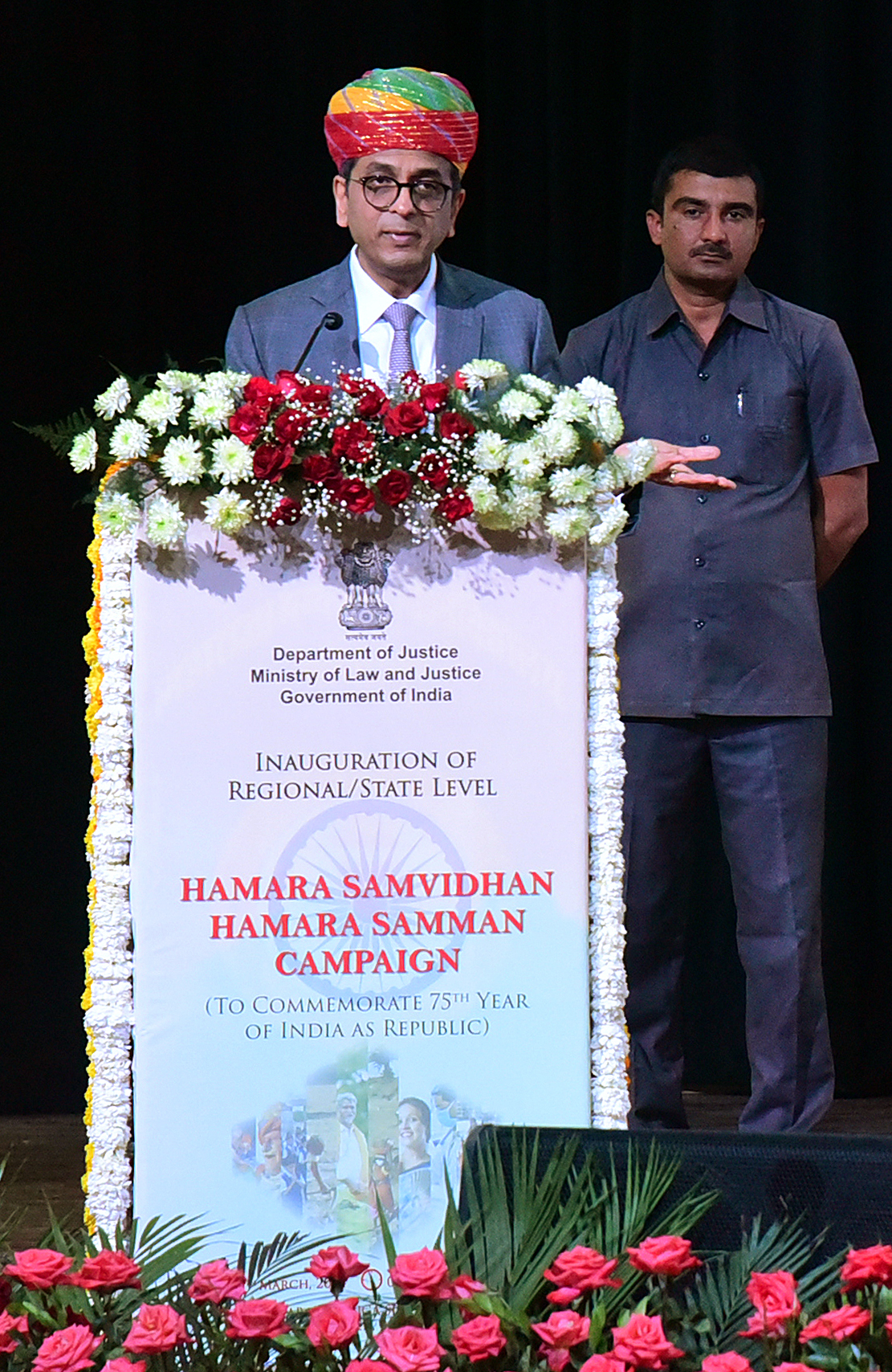 Custodian of Constitution: CJI D Y Chandrachud delivering a speech on the Constitution
Custodian of Constitution: CJI D Y Chandrachud delivering a speech on the Constitution
The Supreme Court judges in India have observed - that secularism as an original concept cannot be replicated in the Indian experience, which is so deeply religious. They have best-described secularism as a practice that promotes the idea of –‘live and let live, though its definition is evolving.
In India for a project like secularism to succeed required close monitoring and constant nurturing of Hindu-Muslim relationships. Especially after the Partition but this aspect was taken for granted and relegated to the background, other priorities took precedence. Even before the Independence irrespective of religious affiliations Indians have been resolute in defending their identity.
Shivaji Maharaj had unwavering faith in his Muslim soldiers while doing so. There were more than 60 thousand Muslim soldiers in his army including those holding key military positions.
Despite religiosity, Indians were knit together with the dharma and iman of live and let live, which forged them into a composite unity. It is also a fact that India is not a country of homogenous communities which makes it impossible for the State to fully delineate from religion.
Layering of minorities, even within the majority Hindu community in India, turned secularism as a difficult experience. Consequently, the concept was customized as per Indian requirements. It was adjusted to the provisions of reservations for scheduled casts/tribes, backward communities, the government’s control of the administration of Hindu temple trusts and personal religious laws, and religion-based subsidies are some of its other unique features.
Therefore, the Western concept of secularism never became an Indian reality. It merely remained a strategy without a supporting structure. Exceptions have weakened the concept over the decades.
Since the Independence almost every political party has blatantly violated the People’s Representative Act 1951 in seeking votes in the name of caste and religion. Thousands of complaints have accumulated in the Election Commission of India. However, people’s representatives did not hesitate to attend ceremonies of a religious nature, including iftar parties. All this happened for vote bank politics.
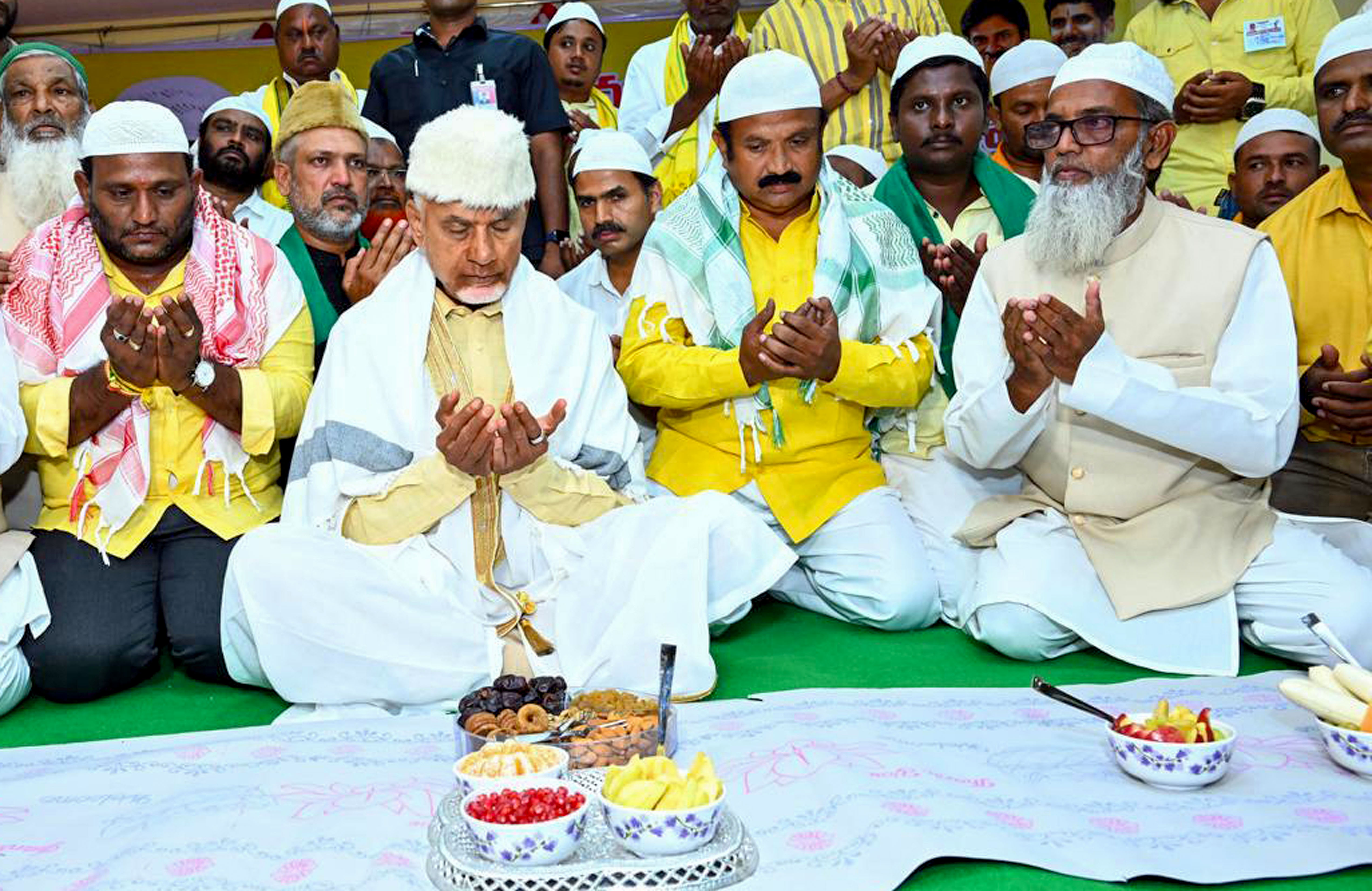 Iftar politics: Former CM Chandra Babu Naidu attending an Iftar party
Iftar politics: Former CM Chandra Babu Naidu attending an Iftar party
The politics of convenience ensured that defining India’s secularism became the responsibility of the Supreme Court of India. While the courts in US and other countries have used tests like the Lemon Test as a scale of secularism, Indian courts are still struggling to find its definition.
We have reached a situation where when a Hindu talks about the refinement and achievements of his or her belief systems, he is branded as communal. When he is critical about the weakening of religious tolerance among Hindus in the drawing room conversations he is branded as insane by his people.
Similarly, when a Muslim carries his identity, he or she attracts people’s gaze and is also conscious of his religious identity. When he is critical of regressive practices within his community, he is ousted by his coreligionists.
Our predicament is, again, best described by the poetry of Bahadur Shah Zafar. He wrote – Baat Karni Mujhe Mushkil Kabhi Aisey Toh Na Thee (having a conversation was never as difficult as it is today).
The fact that faith cannot be decoupled from the Indian consciousness makes the drawing room debates on secularism interesting. Such discussions often turn into aggressive arguments rather than meaningful dialogues.
Democracy is said to be the cousin of secularism. However, our conflicting views on secularism have brought us to a standpoint where our democracy is not truly representative of all the Indian communities. That kindles a thought in the mind that maybe we were better off relying on our original concepts of religious understanding and tolerance such as ‘Sarv Dharm Sambhav’ rather than the imported concept of secularism.
Rigved propagated the idea -Ekam Sadviprah Bahudha Vadanti Agnim Yaman Matarishvanamahuh (RV1.164.46). It means there is one truth, people see it differently. There has always been a provision for pluralism in India. India’s inclusivity was enriched by the foundations laid by spiritual icons like Guru Nanak, Sai Baba, Kabir, and Bulleh Shah.
Ramcharitmanas quotes Lord Ram as saying- ‘Sab Nar Kar He Paraspar Preeti’ (each person should have respect for each other). Indian Muslims believe in the Quran, which says ‘La ikraha fiddin’ (let there be no compulsion in religion). These compasses were so magnetic that Mughal rulers immersed themselves in the inherent harmony of the Indian civilization.
Their understanding of Indian spirituality had far-reaching consequences that gave birth to the syncretic understanding of our unique civilization- Dara Shikoh became its epitome. He played a crucial role in introducing Hindu civilization to the world through the translations of ancient Indian texts. His path-breaking work, Majma-ul-Bahrain (intermingling of two oceans) centers on the common roots of Hindu Dharma and Islam.
Emperors like Akbar best understood the need for keeping a separation between politics and religion. He was deeply desirous of bringing all Indian communities together. He was so fascinated by the Indian concepts of plurality that he developed a spiritual program called Deen-e-Illahi, which was later opposed tooth and nail by Indian Islamic clergy. All this happened much before secularism was brought into India.
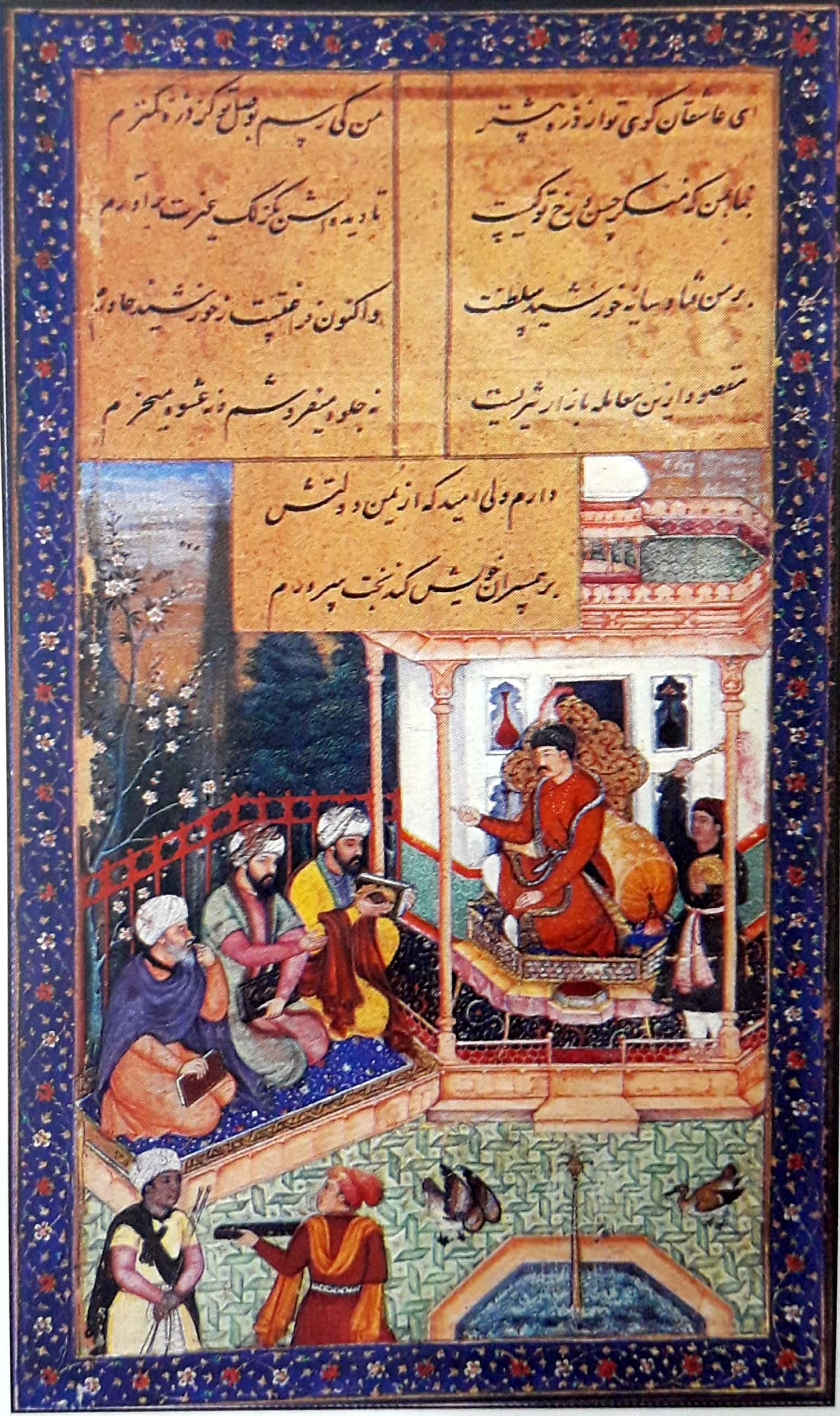
Emperor Akbar's court (Illustrations from Diwan-e-hafiz) Courtesy: Rampur Raza Library
Even the last Mughal emperor Bahadur Shah Zafar was an embodiment of composite Indian culture. He wrote poetry in Urdu, a language born in India. Mirza Ghalib was his teacher.
The Cracks
The weakening of the Mughals gave birth to anti-colonial sentiments among Indian Muslims and fanned the Pan-Islamism movement. This was propagated by Jamal-al-Din-Al-Afghani, who sought unity among Muslims to resist the colonial occupation of the Muslim lands. At this time the Ottoman Empire of Turks was also on the descent and Western civilization was taking over their lands.
In India, revolutionaries like Sir Syed Ahmed were struggling to propagate the benefits of modern education. He tried aligning his ideas with traditional Islamic studies to bring the Indian Muslims into the nationalist fold.
Just when the Muslim dominance was receding into a religious fervor of anti-colonial sentiments, the British rolled out a new narrative for Indians which was divisive.
Undermining the Muslim dominance by the British and the subsequent rise of Hinduism led to insecurity among Indian Muslims. The feeling of mistrust further intensified with the Partition of India. if leaders like Subhash Chandra Bose were around longer, he could have averted India’s partition on religious grounds by challenging the British’s divide-and-rule policy. General Shahnawaz Khan and other Muslim leaders in the Azad Hind Fauj were his partners in the patriotic fervour.
Later political leaders tried to assuage the feeling of insecurity and victimhood among Muslims. They started showering special attention on Muslims which was cosmetic. It led to a narrative about Muslim appeasement and its harmful impact on Indian Muslims.
It undermined Hindu consciousness and generated a feeling of partiality and otherness for the Muslims. Over some time this narrative was replaced with a sense of victimhood among the Indian Muslim community.
Mahatma Gandhi had realized much earlier that in India people cannot delineate religion at any cost and mutual co-existence could only come through genuine religious understanding and tolerance. He was a practicing Hindu and his last words were Hey Ram, and he followed the concept of Sarv Dharm Sambhav. Gandhi like other stalwarts like Sarvepalli Radhakrishnan and Maulana Azad –the latter had studied in a madarsa – spoke about the pitfalls of adopting consumerist Western secularism in India.
Unfortunately, all this was ignored by the Western educated Indian elite. They saw secularism in Independent India as the Trojan Horse of their project of adopting Western secularism. Their development plan was bereft of ethical underpinning and was a purely materialistic outlook.
The Way Forward
Against the backdrop of compromises made in applying the concept of secularism, Indian religions are becoming more important for the people, who are forgetting their glorious past of syncretism. Today the leftist definition of secularism is redundant, sticking to the classical definition of secularism – a separation between State and Church will not work anymore.
Only time can tell whether the experiment of secularism was a success or a failure but as of now Indians are deeply thinking about the project, which has been distorted beyond recognition.
As the young generation of Indians carves out new identities reverting to the ancient wisdom, they must understand that secularism cannot mean appeasement, a feeling of victimhood will not lead them anywhere. Secularism cannot conflict with religiosity. Striving to achieve homogeneity is no solution either. India as a nation has to figure out a way of preserving diversity and ensuring that electoral democracy is truly representative. Much will depend on how we decide to run the country - based on dharma or religion.
ALSO READ: Why are there no hybrid Imams in India?
A sloka from Vedas -Tamaso ma jyotirgamaya, which means ‘lead me from darkness to light through knowledge’ and Rabbi Zidni Ilma- a dua from Surah Taha of Quran, which means ‘On Lord increase me in knowledge’ can be invoked for guidance.
Atir Khan is the Editor-in-Chief of Awaz-theVoice
